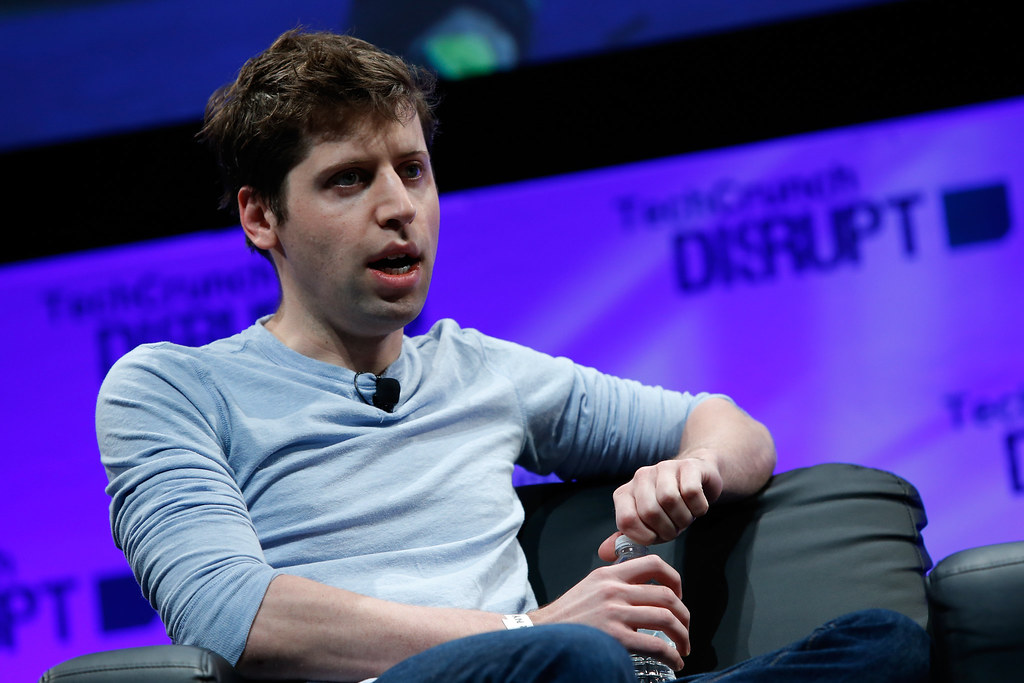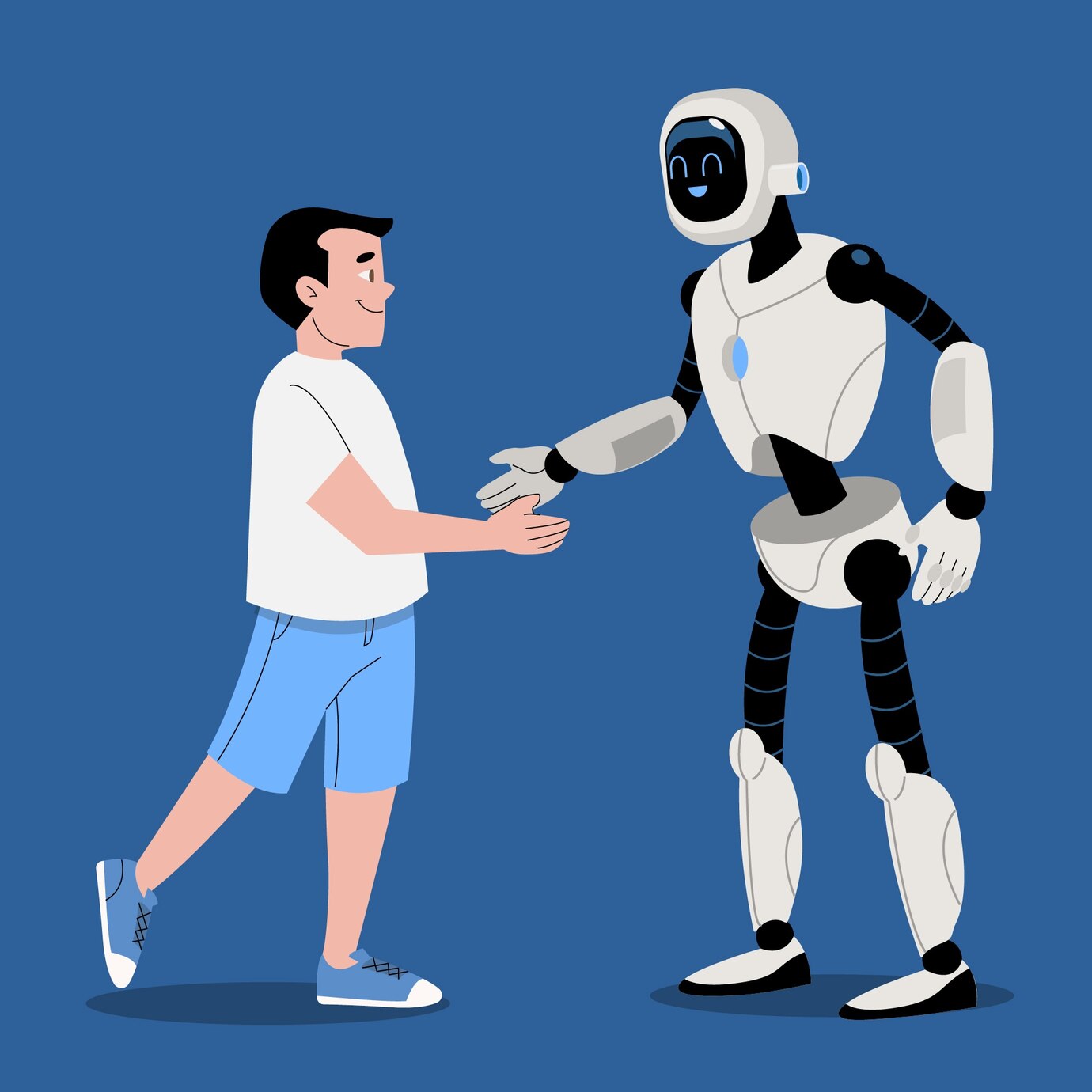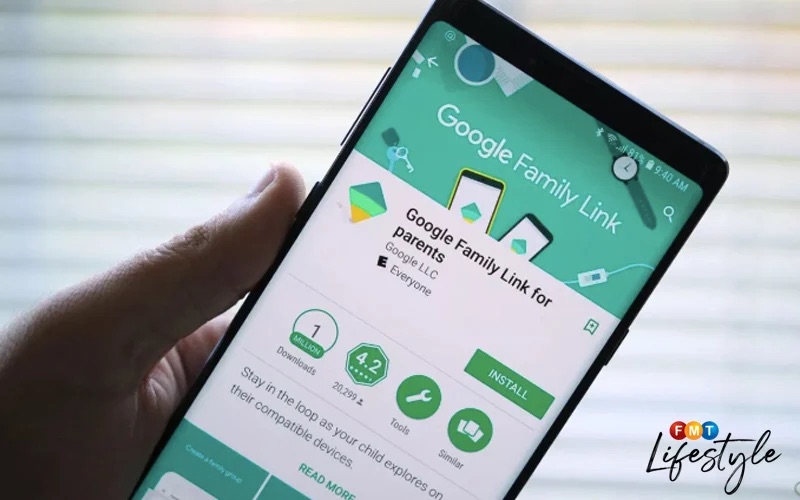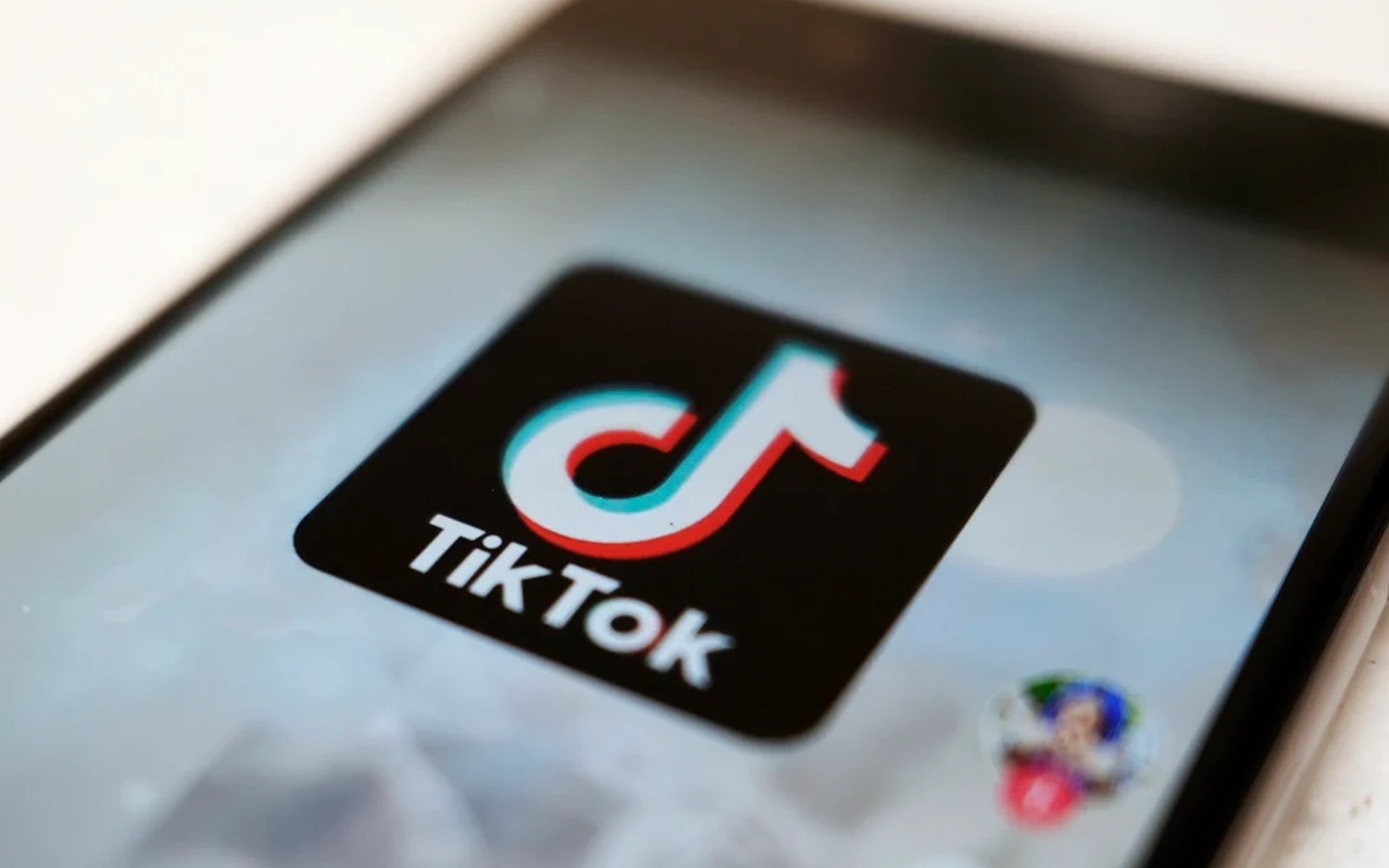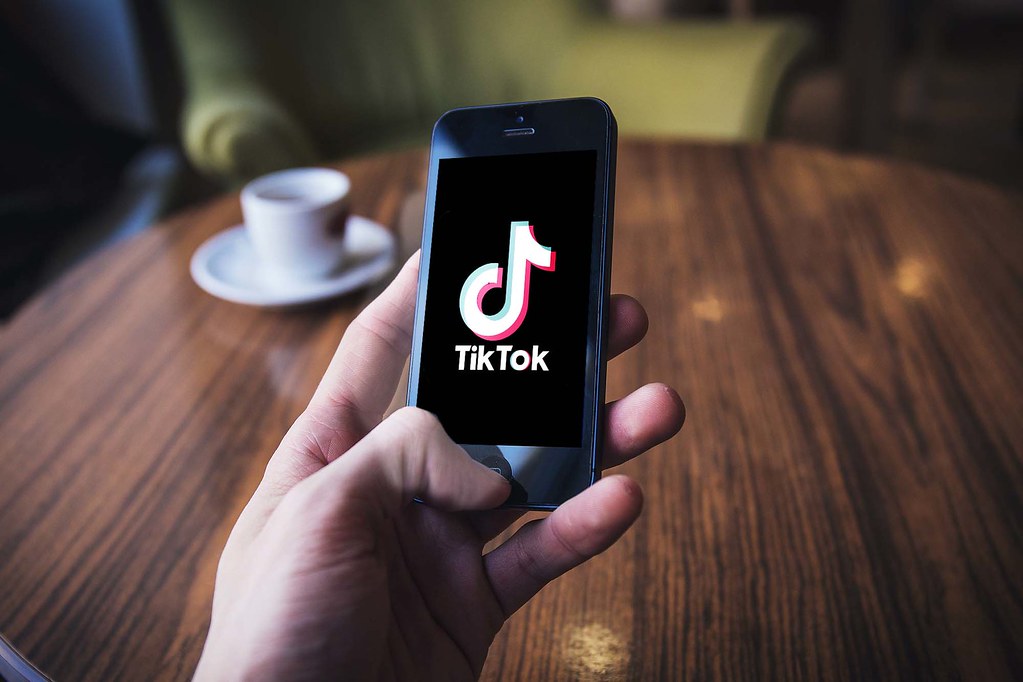OpenAI is gearing up to launch its latest AI model, GPT-4.5, code-named “Orion,” ahead of the much-anticipated GPT-5. This strategic release seeks to solidify OpenAI’s position in the competitive AI landscape, which has recently been challenged by DeepSeek’s R1 model. In a move to streamline its offerings, OpenAI has canceled the development of its o3 model, instead focusing on GPT-5, which promises to integrate advanced features and technologies.
OpenAI CEO Sam Altman announced these plans on X, emphasizing the company’s commitment to simplifying its product offerings and enhancing user experience. Altman revealed that GPT-5 will be integrated into ChatGPT and will be available via API, offering users a range of intelligence settings. The release is expected to occur in the coming months, providing unlimited chat access at standard intelligence settings within certain thresholds.
The forthcoming GPT-5 model is set to incorporate a variety of advanced functionalities. Altman highlighted that “These models will incorporate voice, canvas, search, deep research, and more.” This integration aims to provide a comprehensive AI experience that caters to diverse user needs. In addition, subscribers to ChatGPT Plus and ChatGPT Pro will benefit from higher levels of intelligence, tailored to more sophisticated applications.
OpenAI Shifts Focus to Unified, Powerful AI with GPT-5
OpenAI’s decision to cancel the o3 model reflects a broader strategy to consolidate and enhance its technological capabilities. The o1 model, released late last year, marked OpenAI’s initial foray into reasoning models. While the o3 was originally slated for release earlier this year, the focus has shifted towards developing a more unified and powerful offering in GPT-5.
The competitive landscape in AI technology has been significantly impacted by DeepSeek’s R1 model, which operates under a permissive license allowing developers to utilize and modify it as they see fit. This open approach has garnered attention and posed a challenge to OpenAI’s technological lead. In response, OpenAI’s strategy with GPT-5 seeks to reclaim its edge by offering a more integrated and user-friendly experience.
Sam Altman emphasized the importance of clarity and user accessibility in OpenAI’s roadmap: “We want to do a better job of sharing our intended roadmap, and a much better job simplifying our product offerings.” This sentiment reflects OpenAI’s commitment to making AI technology more intuitive and accessible for users across various applications.
The transition from multiple models to a unified intelligence system is at the heart of OpenAI’s new direction. Altman acknowledged the complexity users face with the current model picker in ChatGPT, expressing a desire to simplify the experience: “We want AI to ‘just work’ for you; we realize how complicated our model and product offerings have gotten. We hate the model picker [in ChatGPT] as much as you do and want to return to magic unified intelligence.”
What The Author Thinks
OpenAI’s shift toward a unified, streamlined AI offering with GPT-5 is a clear move to simplify the user experience and regain its competitive edge. The cancellation of the o3 model and the focus on consolidating its efforts in GPT-5 reflects a strategic effort to avoid fragmentation in its product lineup. By incorporating advanced functionalities like voice, canvas, and deep research, OpenAI aims to create a more intuitive, all-encompassing AI experience. This is essential in a competitive landscape where open-source models like DeepSeek’s R1 pose a legitimate challenge. OpenAI’s commitment to clarity and user accessibility is a step in the right direction, but it will be interesting to see how GPT-5 differentiates itself in an increasingly crowded AI market.





